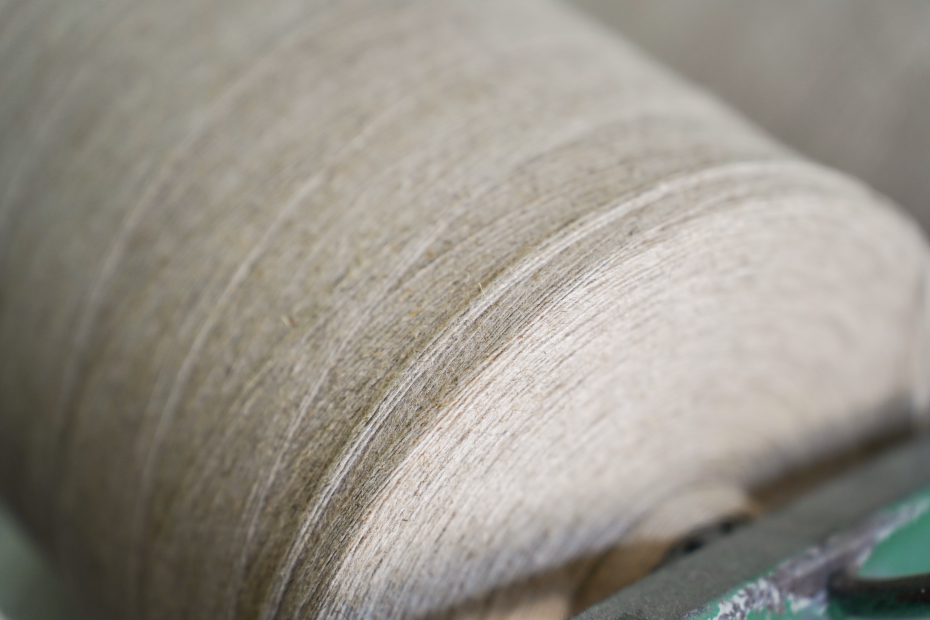In today’s textile industry, there are significant challenges in terms of sustainability and environmental responsibility. Fortunately, the adoption of more environmentally-friendly manufacturing and production practices is gaining momentum, and recycled yarn has become a promising solution to address these challenges. In this article, we will explore in detail the process of spinning recycled yarn, highlighting its importance in the industry and how it contributes to a more sustainable approach in the textile sector.
Recycled yarn is produced from previously used materials, such as discarded garments or fabric scraps, which are processed and transformed into fibers suitable for spinning. This yarn recycling process involves several key stages that ensure the quality and consistency of the final product.
Process of Spinning Recycled Yarn
The first stage of the process is the collection and sorting of used textile materials. Discarded garments, leftover fabrics from production, and other textile waste are collected. These materials are sorted according to their composition and quality, allowing the separation of different types of fibers and ensuring that only the most suitable ones are used for the recycling process.
The textile materials are broken down into smaller fibers using a shredding process.
Once the individual fibers are obtained, they undergo a carding and combing process. Carding involves passing the fibers through carding machines, which are cylinders with bristles that separate and align the fibers. Subsequent combing ensures even more precise alignment of the fibers and removes any remaining short fibers or impurities. This process improves the quality of the yarn and ensures that the fibers are oriented correctly for spinning.
After carding and combing, the fibers, now in the form of sliver, are spun using specialized spinning machines. During this process, the fibers are twisted and joined together to form the recycled yarn. In some cases, the recycled yarn can be blended with new fibers to enhance its technical or aesthetic characteristics, depending on the specific requirements of the final product.
Recycled yarn offers numerous advantages compared to conventional yarn. Firstly, it reduces dependence on virgin raw materials, thereby reducing the environmental impact associated with the extraction and production of new fibers. Additionally, recycled yarn helps to reduce the amount of textile waste ending up in landfills, contributing to a more sustainable circular economy.
By collecting, sorting, cleaning, and transforming used textile materials, high-quality yarn that meets industry standards and protocols is obtained. This sustainable approach not only reduces reliance on virgin raw materials but also provides the industry with new alternatives to promote responsible production without compromising on quality criteria.


